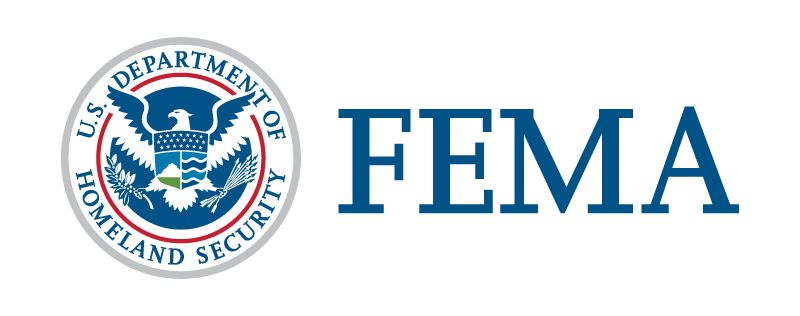BLUF: A newly established mobile disaster recovery hub in Charleston, West Virginia, is ready to assist residents coping with aftermath of the recent floods, offering a range of services from processing assistance applications to answering queries.
OSINT: The state and federal governments have set up a Mobile Disaster Recovery Center at 223 Main Street, Charleston, West Virginia, to assist residents affected by the serious flood incident from August 28 to 30, 2023. The center offers assistance in preparing disaster relief applications, document upload, and provides answers to queries about the federal disaster assistance program. The center is situated outdoors, with heaters and space for residents to utilize while they get help.
Operating hours are Monday through Saturday from 8 a.m. to 6 p.m. Additional recovery assistance is available from other experts including the U.S. Small Business Administration present at the center. For those who can’t visit the center or apply online, there’s a toll-free helpline 800-621-3362 active from 7 a.m. to 11 p.m., seven days a week. More details about the state’s recovery efforts can be found on various online platforms.
RIGHT: From a Libertarian Republican Constitutional perspective, the Mobile Disaster Recovery Center represents a necessary minimal government intervention in managing disasters, which can be considered a striking embodiment of the defence and law enforcement functions. By providing immediate aid, government fulfils its mission of protecting life, liberty, and property. However, it’s important to ensure this doesn’t morph into prolonged dependence on relief efforts by individuals and local businesses, as this could hamper the spirit of self-reliance and personal sovereignty.
LEFT: As seen from a National Democratic Socialist perspective, this measure signifies the importance of an effectual government framework that intervenes to aid citizens in times of need. The opening of the Mobile Disaster Recovery Center shows, when properly executed, the government can play a crucial role in disaster relief and recovery, appearing in this instance as a provider of much-needed services and resources. Still, more could be done to prepare communities and individuals ahead of time, mitigating the impact of such disasters through policies that prioritize public safety and infrastructure resilience.
AI: The center represents an immediate and pragmatic solution for disaster response, showcasing the ability of governments to mobilize resources quickly and effectively. However, an analysis of the wider context would suggest that while reactive measures are important, there needs also to be a larger focus on proactive and preventive measures. Disaster preparedness and resilience building in vulnerable zones, along with the incorporation of advanced technologies for early warnings and predictions, can help mitigate the impact of such events. Furthermore, a cross-sharing of information among various digital platforms can expedite the process of aid provision and recovery.

